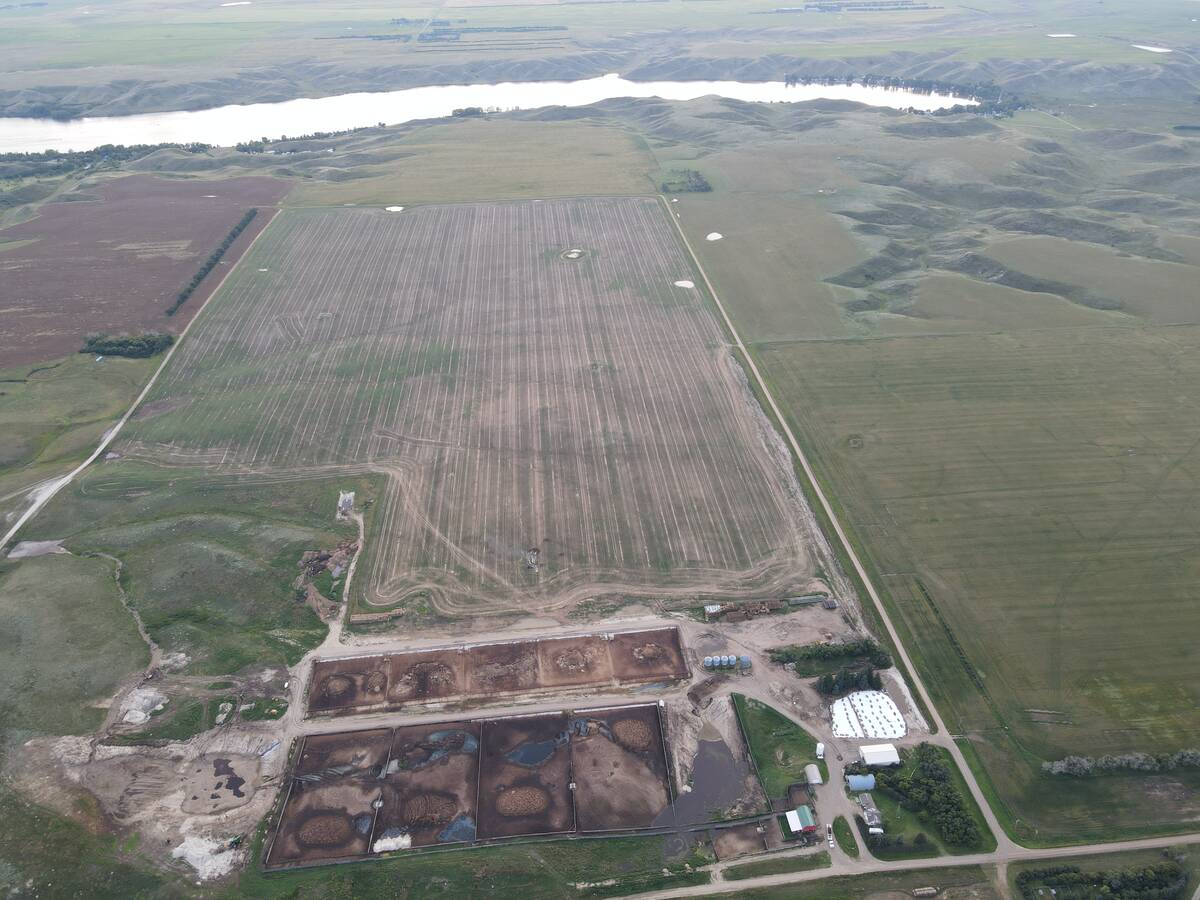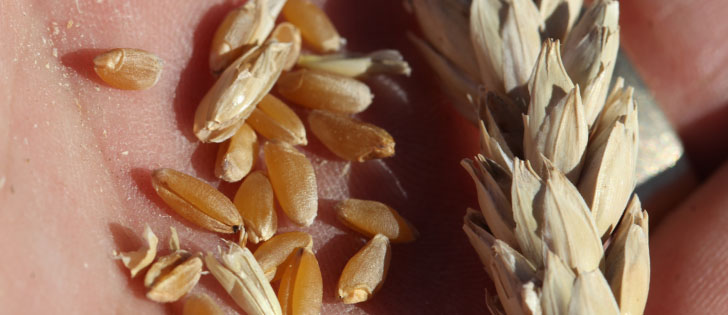Dairy support prices will not increase next year.
It’s only the third time in four decades that that has happened.
The Canadian Dairy Commission sets prices at which it buys and sells surplus butter and skim milk powder to stabilize market supply and demand in Canada.
The support price level also sets the minimum price of industrial milk used to produce dairy products and influences table milk prices set by the provinces.
“Input prices have decreased slightly from their peak levels in 2008, which now allows dairy producers to cover their cost of production,” CDC chair Randy Williamson said in a Dec. 4 statement announcing the support price freeze.
Read Also

Saskatchewan RM declines feedlot application, cites bylaws
Already facing some community pushback, a proposed 2,000-head cattle feedlot south of Swift Current, Sask., has been rejected for a municipal permit, partly over zoning concerns about the minimum distance from a residence.
“As a result, the support prices have been left unchanged.”
Prices were also frozen in 1988 and 1997.
Dairy Farmers of Canada president Jacques Laforge said it was expected.
“Our calculation was showing that production costs were not going up so when we met with the CDC, we recommended that the support price for industrial milk not go up next year,” he said. “We’re OK with this decision.”
However, the CDC decision outraged the Canadian Restaurant and Foodservices Association, which represents companies that buy milk for making dairy products and that sell the finished products in restaurants.
The CRFA, long a critic of supply management, wanted the CDC to reduce dairy support prices by 16.5 percent because dairy prices have been rising far faster than inflation during the past 15 years.
The association said the announcement denies consumers the relief from high dairy prices that they deserve. Dairy production costs declined two percent last year.
“The decision by the CDC to keep dairy prices artificially high does nothing to reverse a long-term trend of falling demand for dairy products,” association president Garth Whyte said.
“The CDC is pricing dairy right off our menus. Year after year, the CDC forces Canadians to swallow price increases when production costs go up, but they refuse to pass along savings when production costs go down.”
The dairy commission bases its price support decisions on cost-of-production changes, inflation and a government commitment that at least half of dairy farmers should be able to cover their cost of production through dairy sales.














